Home>Garden Essentials>What Is A Water Fountain
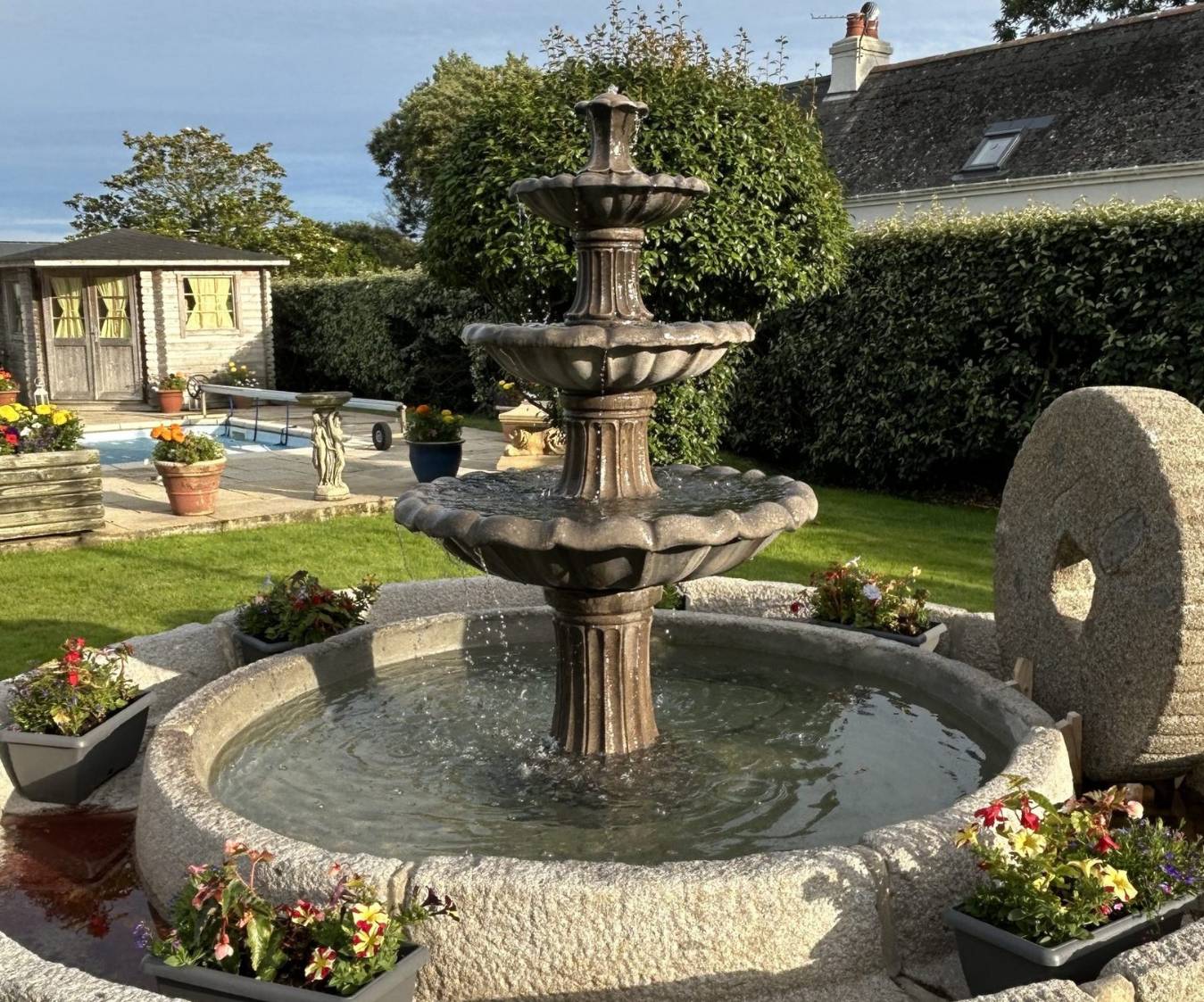

Garden Essentials
What Is A Water Fountain
Modified: August 19, 2024
Discover the beauty of garden water fountains. Enhance your outdoor space with a mesmerizing garden water feature. Create a tranquil oasis with a variety of garden water fountain options.
(Many of the links in this article redirect to a specific reviewed product. Your purchase of these products through affiliate links helps to generate commission for Storables.com, at no extra cost. Learn more)
Introduction
Gardens are a sanctuary for many, offering a tranquil escape from the hustle and bustle of everyday life. Adding a water fountain to your garden can take the serenity to a whole new level. The soothing sound of flowing water, the mesmerizing sight of cascading droplets, and the gentle touch of mist create a harmonious ambiance that can transform any outdoor space into a peaceful oasis. But what exactly is a water fountain?
A water fountain is a decorative structure that uses water to create a visual and auditory spectacle. Traditionally found in gardens, parks, and public spaces, water fountains have become increasingly popular in residential landscapes as well. They come in various shapes, sizes, and designs, each adding its own unique charm to the surrounding environment.
In this article, we will explore the history of water fountains, the different types available, the benefits they offer, and how to choose the right one for your space. Whether you want to create a calming atmosphere, attract wildlife, or simply add a stunning focal point to your garden, a water fountain is a versatile feature that can enhance any outdoor setting.
Key Takeaways:
- Water fountains have a rich history dating back to ancient civilizations, offering beauty, tranquility, and a connection to nature. They come in various types, each with unique benefits and maintenance needs.
- Choosing the right water fountain involves considering size, style, materials, and maintenance. Whether classical, contemporary, or minimalist, there’s a fountain to match your personal taste and enhance your outdoor space.
Read more: What Is The Best Water Fountain For Cats
History of Water Fountains
The significance of water fountains dates back thousands of years to ancient civilizations. From the grandiose fountains of Rome to the tranquil gardens of Asia, water features have played a prominent role in human history and culture.
One of the oldest known water fountains can be traced back to the ancient city of Babylon in Mesopotamia, modern-day Iraq. These fountains were not only decorative but also served a practical purpose, providing a reliable source of water for the community.
The Romans, famous for their engineering prowess, took the concept of water fountains to new heights. During the Roman Empire, elaborate fountains adorned public squares and aristocratic estates. These impressive structures were not only aesthetically pleasing but also showcased the empire’s engineering expertise and wealth. The Fontana di Trevi in Rome, completed in 1762, is one such example, considered a masterpiece of baroque architecture.
In Eastern cultures, water fountains have also played a significant role. In China, for example, water fountains known as “dragon fountains” were believed to bring good luck and symbolize power. These fountains often featured intricately carved dragon sculptures and were placed in auspicious locations such as temple courtyards or imperial gardens.
During the Renaissance period in Europe, water fountains underwent a revival and became a popular feature in formal gardens. Inspired by classical and mythological themes, these fountains incorporated sculptures, intricate water jets, and symmetrical designs. The Gardens of Versailles in France, with its grand fountains and meticulously manicured lawns, is an excellent example of this era’s fountain design.
As time progressed, water fountain design became more innovative and diverse. With advancements in technology, modern fountains can now incorporate LED lights, programmable water movements, and even music synchronization, creating a multisensory experience for viewers.
Today, water fountains have become a popular addition to public spaces, parks, and gardens around the world. They continue to captivate audiences with their beauty and inspire a sense of serenity and awe.
Types of Water Fountains
Water fountains come in a variety of types, each with its own unique characteristics and features. Whether you prefer a classical design or a contemporary aesthetic, there’s a water fountain to suit every taste and style. Let’s explore some of the most popular types of water fountains:
- Wall Fountains: These fountains are mounted on a wall and often feature a basin at the bottom to collect and recirculate the water. Wall fountains can be made from various materials, such as stone, metal, or fiberglass, and are a great choice for small spaces or to add a focal point to a blank wall.
- Tiered Fountains: Also known as “cascading” or “multi-tier” fountains, these structures feature multiple levels where water flows from one tier to another. Tiered fountains often have a classical design, with each level decreasing in size as it descends. These fountains bring a sense of grandeur and elegance to any outdoor space.
- Free-Standing Fountains: These fountains are self-contained and stand independently, making them versatile and easy to place in any location. Free-standing fountains can range from simple contemporary designs to elaborate sculptures and can be made from materials like stone, resin, or concrete.
- Birdbath Fountains: Combining the beauty of a water fountain with the functionality of a birdbath, these fountains provide a water source for birds to bathe and drink from. Birdbath fountains are typically smaller in size and can be placed on a pedestal or directly on the ground.
- Pond Fountains: These fountains are designed to be placed in ponds or larger bodies of water, creating a visually stunning display. Pond fountains often feature multiple jets or sprayers that shoot water into the air, creating dramatic effects.
- Solar-Powered Fountains: As sustainability becomes increasingly important, solar-powered fountains have gained popularity. These fountains harness energy from the sun to power the pump, eliminating the need for electricity. Solar fountains are an eco-friendly and cost-effective option for those looking to reduce their environmental impact.
These are just a few examples of the different types of water fountains available. Each type offers its own unique aesthetic and functionality, allowing you to find the perfect fountain that suits your personal style and complements your outdoor space.
Benefits of Having a Water Fountain
Water fountains not only enhance the beauty of your outdoor space but also provide a range of benefits that can positively impact your well-being. Here are some of the key advantages of having a water fountain:
- Stress Relief: The sound and sight of flowing water have a calming effect on the mind and body. Listening to the gentle splashing or trickling of a water fountain can help reduce stress, anxiety, and promote relaxation. The soothing ambiance created by a water fountain can create a peaceful sanctuary where you can unwind and find serenity.
- Natural Humidifier: Water fountains release tiny water droplets into the air, increasing the humidity in the surrounding area. This can be particularly beneficial in dry climates or indoor spaces with low humidity levels. Increased humidity promotes better respiratory health, reduces dry skin, and can alleviate symptoms of allergies and asthma.
- Ambient Noise Masking: If you live in a noisy neighborhood or have disruptive sounds in your surroundings, a water fountain can act as a natural white noise machine. The gentle flow of water can mask unwanted sounds, creating a more peaceful and tranquil environment.
- Improved Air Quality: Water fountains help to filter the air by releasing negative ions into the atmosphere. Negative ions remove dust, pollen, and other harmful particles, purifying the air and creating a healthier environment. This is especially beneficial for individuals with respiratory conditions or allergies.
- Attracts Wildlife: Water features have a magnetic appeal to many species of birds and small animals. Having a water fountain in your garden can attract birds, butterflies, and other wildlife, providing you with the opportunity to observe and appreciate nature up close. It can also contribute to the overall biodiversity of your garden.
- Visual Appeal: Water fountains add an element of beauty and elegance to any outdoor setting. They can serve as a focal point, creating a striking visual impact in your garden or patio. With a wide range of fountain designs available, from classically inspired to modern and minimalist, you can find a style that complements your aesthetic preferences and enhances the overall visual appeal of your space.
These are just some of the benefits that water fountains can offer. Whether you’re seeking tranquility, improved air quality, or simply a beautiful addition to your garden, a water fountain is a worthwhile investment that can enhance your outdoor experience and promote a sense of well-being.
A water fountain is a device that provides a stream of water for drinking or decorative purposes. It typically consists of a basin, a spout, and a pump to circulate the water.
Maintenance and Care for Water Fountains
To ensure your water fountain remains in optimal condition and continues to provide its benefits, regular maintenance and care are necessary. Here are some essential tips to help you maintain your water fountain:
- Clean the Fountain: Regular cleaning is crucial to prevent the buildup of algae, dirt, and debris. Use a soft brush or sponge to scrub the surface of the fountain and remove any residue. Avoid using harsh chemicals that can damage the fountain or harm wildlife.
- Check and Clean the Pump: The pump is the heart of your water fountain, so it’s important to ensure it’s functioning properly. Regularly inspect the pump for any clogs or obstructions that may affect its performance. Clean the pump and its components according to the manufacturer’s instructions.
- Monitor Water Levels: Check the water levels of your fountain regularly and ensure it stays at the recommended level. Low water levels can cause the pump to overheat and may result in damage. Refill the fountain as needed, using clean and preferably filtered water.
- Winter Preparations: If you live in an area with freezing temperatures, it’s important to winterize your water fountain. Drain the water completely to prevent freezing, which can cause cracks and damage to the fountain. Store the fountain indoors or cover it securely with a waterproof cover.
- Inspect for Damage: Regularly inspect the fountain for any signs of damage, such as cracks, leaks, or loose components. Promptly address any issues to prevent further damage and ensure the longevity of your fountain.
- Adjust Water Flow and Lighting: If your fountain offers adjustable water flow or lighting options, experiment with different settings to achieve your desired aesthetic. You can change the water flow rate or adjust the lighting to create different moods and effects.
- Seasonal Maintenance: Depending on the climate and the type of fountain you have, there may be specific seasonal maintenance tasks. For example, during the fall, you may need to clear fallen leaves from the fountain, while in the spring, you might need to clean out any debris brought by the winter.
- Follow Manufacturer’s Instructions: Always refer to the manufacturer’s instructions and guidelines for your specific water fountain. They will provide specific details on maintenance, care, and any additional steps you need to take to keep your fountain in optimal condition.
By following these maintenance practices, you can keep your water fountain in excellent shape and enjoy its beauty and benefits for years to come. Regular care and attention will ensure you continue to have a peaceful and visually appealing feature in your garden.
Read more: How To Seal A Water Fountain
Choosing the Right Water Fountain for Your Space
Choosing the right water fountain for your space is crucial to create a harmonious and aesthetically pleasing outdoor environment. Here are some factors to consider when selecting a water fountain:
- Size and Scale: Assess the available space in your garden or patio to determine the appropriate size of the fountain. A small fountain might get lost in a large space, while a big fountain could overwhelm a small area. Consider the proportions and scale of your outdoor space to find a fountain that fits harmoniously.
- Style and Design: Determine the overall style and theme of your outdoor space to guide your fountain selection. Whether you prefer a classic, contemporary, or whimsical design, there’s a fountain to match your style. Consider the architectural style of your home and existing landscape elements for a cohesive look.
- Materials: Water fountains can be made from various materials, each offering its own aesthetic and durability. Common materials include stone, resin, metal, and fiberglass. Consider the weather conditions in your area and the level of maintenance you’re willing to undertake when choosing the material for your fountain.
- Water Flow: Decide on the type of water flow you prefer. Some fountains have a gentle trickle, while others have a more dramatic cascading effect. Consider how the water flow and sound will contribute to the ambiance you want to create in your outdoor space.
- Budget: Determine your budget for a water fountain, as prices can vary significantly depending on the size, material, and design. Establishing a budget will help you narrow down your choices and find options that fit within your financial constraints.
- Water Source: Consider the availability of a water source near the desired location of your fountain. Fountains may require a direct water connection or be self-contained with a built-in reservoir. Evaluate the practicality and convenience of each option based on your specific circumstances.
- Installation and Accessibility: Assess the ease of installation and accessibility for maintenance. Some fountains require professional installation, while others can be set up easily with minimal expertise. Also, consider factors like power source availability and proximity to electrical outlets for fountains that require electricity.
- Personal Preference: Ultimately, choose a water fountain that resonates with your personal taste and brings you joy. Consider how it will enhance your outdoor experience and create the ambiance you desire.
By considering these factors, you can make an informed decision and select the perfect water fountain that adds beauty, tranquility, and charm to your outdoor space.
Popular Water Fountain Designs
Water fountains come in a wide range of designs, each offering its own unique style and visual appeal. Let’s explore some popular water fountain designs that can add a captivating element to your outdoor space:
- Classical Tiered Fountains: Inspired by ancient Roman and Greek architecture, classical tiered fountains feature multiple tiers that gradually decrease in size as the water flows from the top to the bottom. These elegant and timeless designs bring a sense of sophistication and grandeur to any garden.
- Mediterranean-Inspired Wall Fountains: With their intricate tilework, soothing colors, and arched elements, Mediterranean-inspired wall fountains create a warm and inviting ambiance. These fountains are typically mounted on a wall and can feature decorative elements such as ceramic tiles, mosaic patterns, and ornate carvings.
- Contemporary Minimalist Fountains: Clean lines, sleek finishes, and minimalist designs characterize contemporary water fountains. These fountains often prioritize simplicity and understated elegance, making them ideal for modern and minimalist landscapes. Some contemporary fountains even incorporate LED lighting or abstract shapes for a touch of artistic flair.
- Zen-Inspired Japanese Fountains: Japanese fountains, also known as tsukubai, embody the Zen principles of simplicity, balance, and tranquility. These fountains typically feature a low basin with a natural stone or bamboo spout, where water gently trickles into a shallow basin. Japanese fountains offer a serene and meditative atmosphere, perfect for creating a peaceful Zen garden.
- Sculptural Fountain Features: Sculptural water features elevate the artistic element of a fountain. These unique designs often incorporate sculptures or statues that become the centerpiece of the fountain. From whimsical animals to abstract shapes or human figures, sculptural fountains add a touch of personality and artistic expression to your outdoor space.
- Natural Rock Fountains: Natural rock fountains mimic the beauty of a cascading waterfall, blending seamlessly with the surrounding environment. These fountains are typically made from natural stones, such as granite or limestone, and recreate the look and sound of a natural water feature. Natural rock fountains create a serene and organic atmosphere that brings a touch of nature to your space.
- Modern Geometric Fountains: Geometric water fountains feature clean lines, sharp angles, and geometric shapes. These fountains make a bold statement and are often designed with materials like stainless steel or concrete. Geometric fountains can create a contemporary and architectural focal point in your outdoor area.
Remember, the best fountain design for you depends on your personal preferences, the overall style of your outdoor space, and the atmosphere you wish to create. Take into consideration the architectural elements of your home and the surrounding landscape to choose a fountain that complements and enhances the aesthetic appeal of your outdoor area.
Conclusion
A water fountain is more than just a decorative feature in your garden; it’s a source of tranquility, beauty, and connection to nature. Whether you want to create a serene and peaceful atmosphere, attract wildlife, or add a captivating focal point, a water fountain is a versatile addition that can transform your outdoor space.
Throughout history, water fountains have held cultural significance and symbolized power, beauty, and abundance. From ancient civilizations to modern times, the allure of water fountains has remained steadfast, captivating audiences with their mesmerizing sights and soothing sounds.
When choosing a water fountain, consider factors such as size, style, materials, and maintenance needs. Find a design that complements your personal taste and blends harmoniously with your outdoor surroundings. Whether you prefer a classical tiered fountain, a contemporary minimalist design, or a calming Japanese-inspired fountain, the options are endless.
Aside from their aesthetic appeal, water fountains offer numerous benefits. They provide stress relief, improve air quality, attract wildlife, and create a calming ambiance in your outdoor space. By incorporating a water fountain, you can create a sanctuary where you can relax, unwind, and connect with nature.
Maintaining and caring for your water fountain is essential to ensure its longevity and optimal performance. Regular cleaning, monitoring water levels, and inspecting for damage are key maintenance tasks to uphold the beauty and functionality of your fountain.
Whether you have a sprawling garden, a small patio, or even an indoor space, there’s a water fountain that can enhance your environment and elevate your outdoor experience. So, go ahead and choose the perfect water fountain that will bring life, serenity, and enchantment to your outdoor oasis.
Embrace the soothing sounds and captivating sights of flowing water, and let a water fountain become the centerpiece of your outdoor sanctuary.
Frequently Asked Questions about What Is A Water Fountain
Was this page helpful?
At Storables.com, we guarantee accurate and reliable information. Our content, validated by Expert Board Contributors, is crafted following stringent Editorial Policies. We're committed to providing you with well-researched, expert-backed insights for all your informational needs.
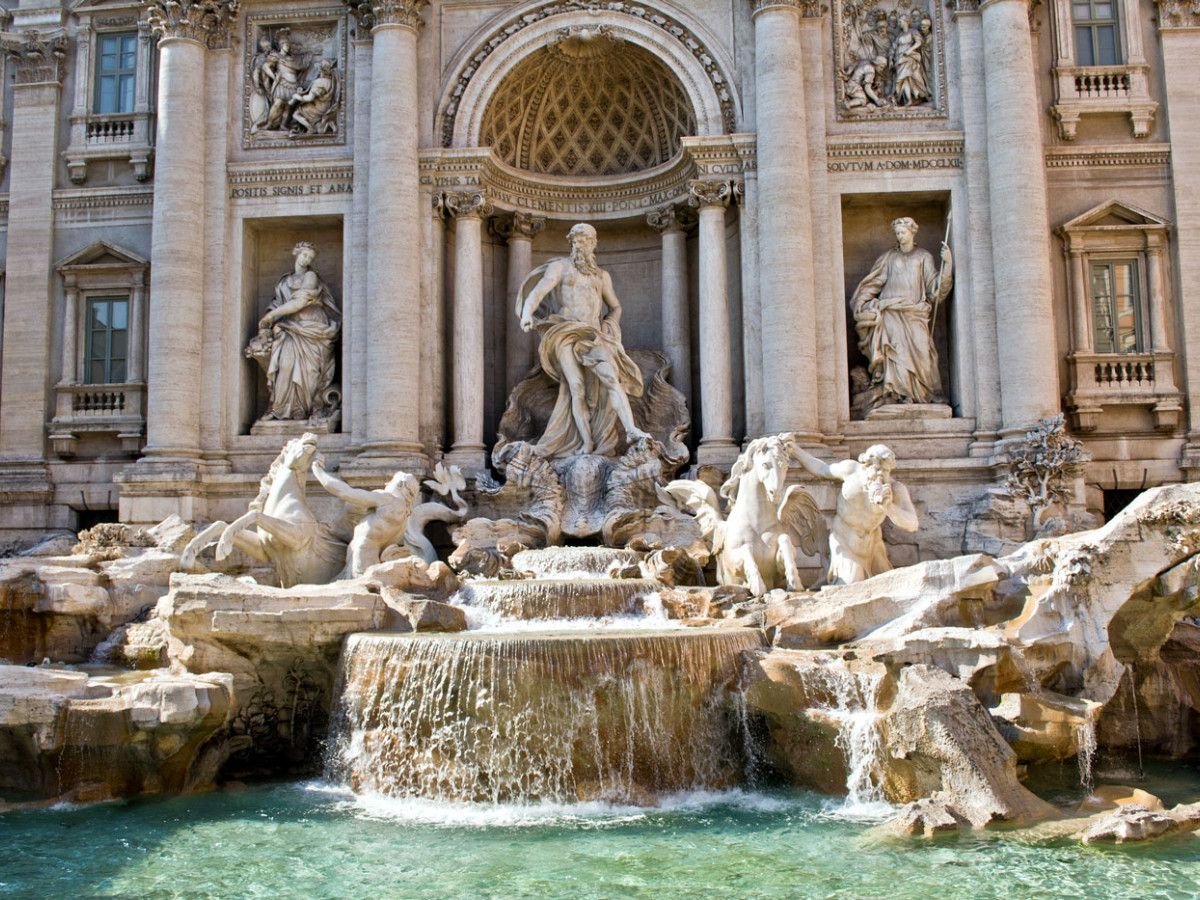
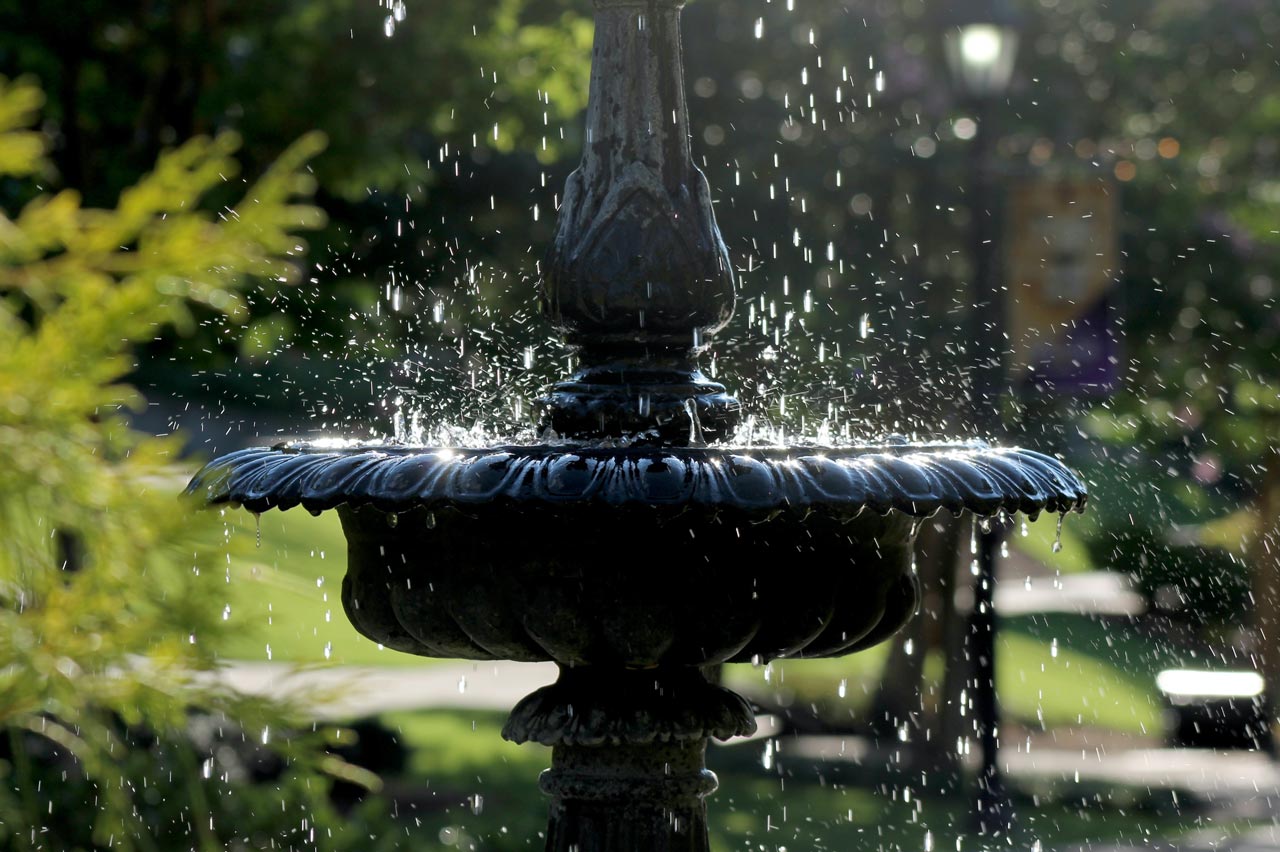
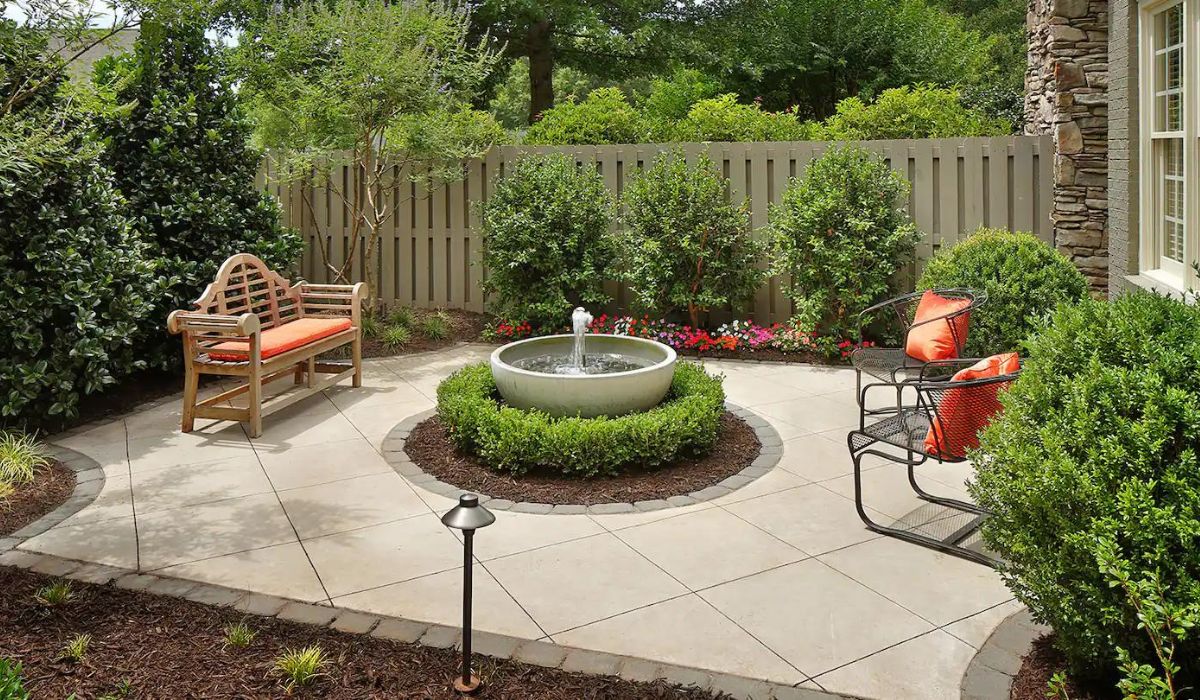
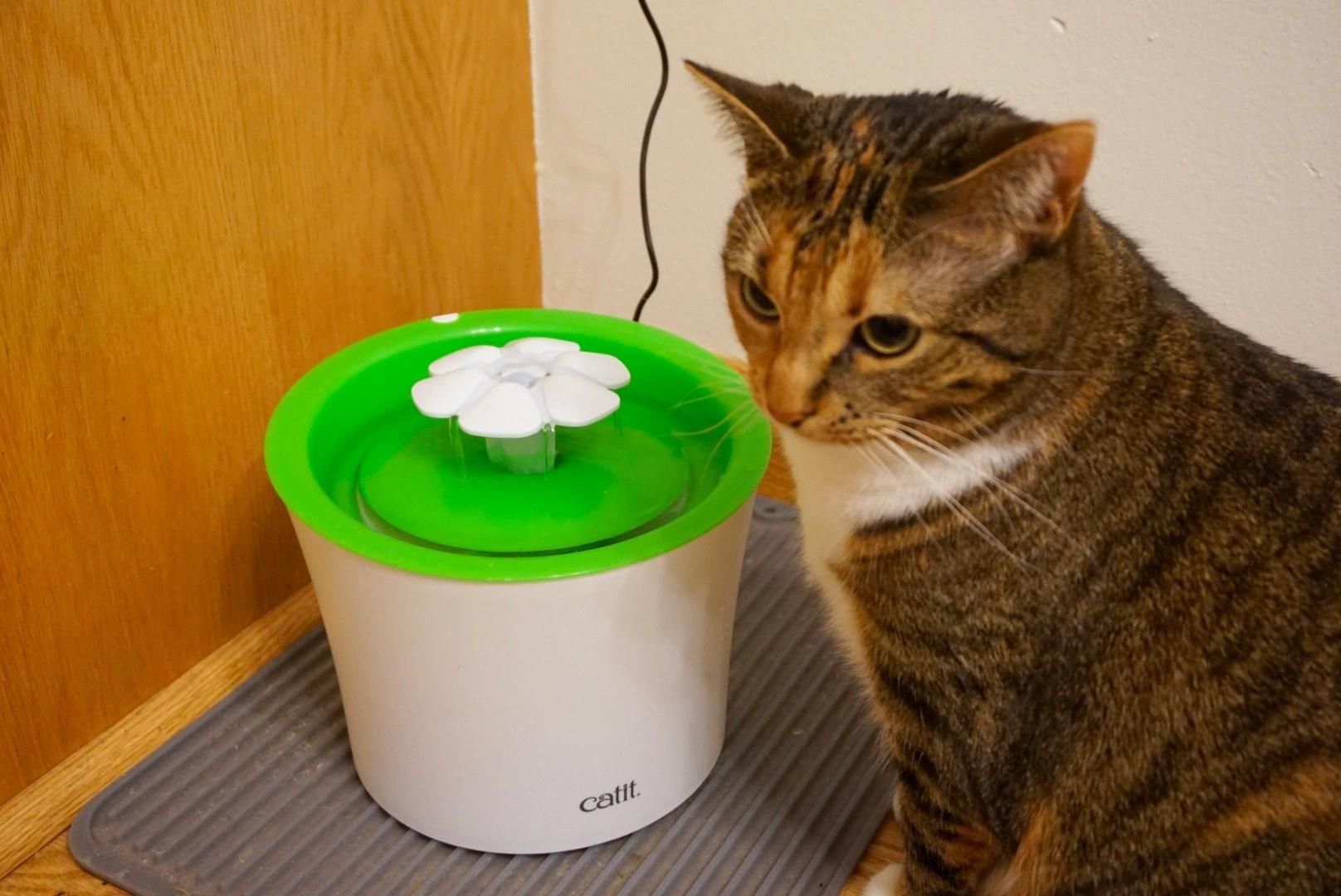

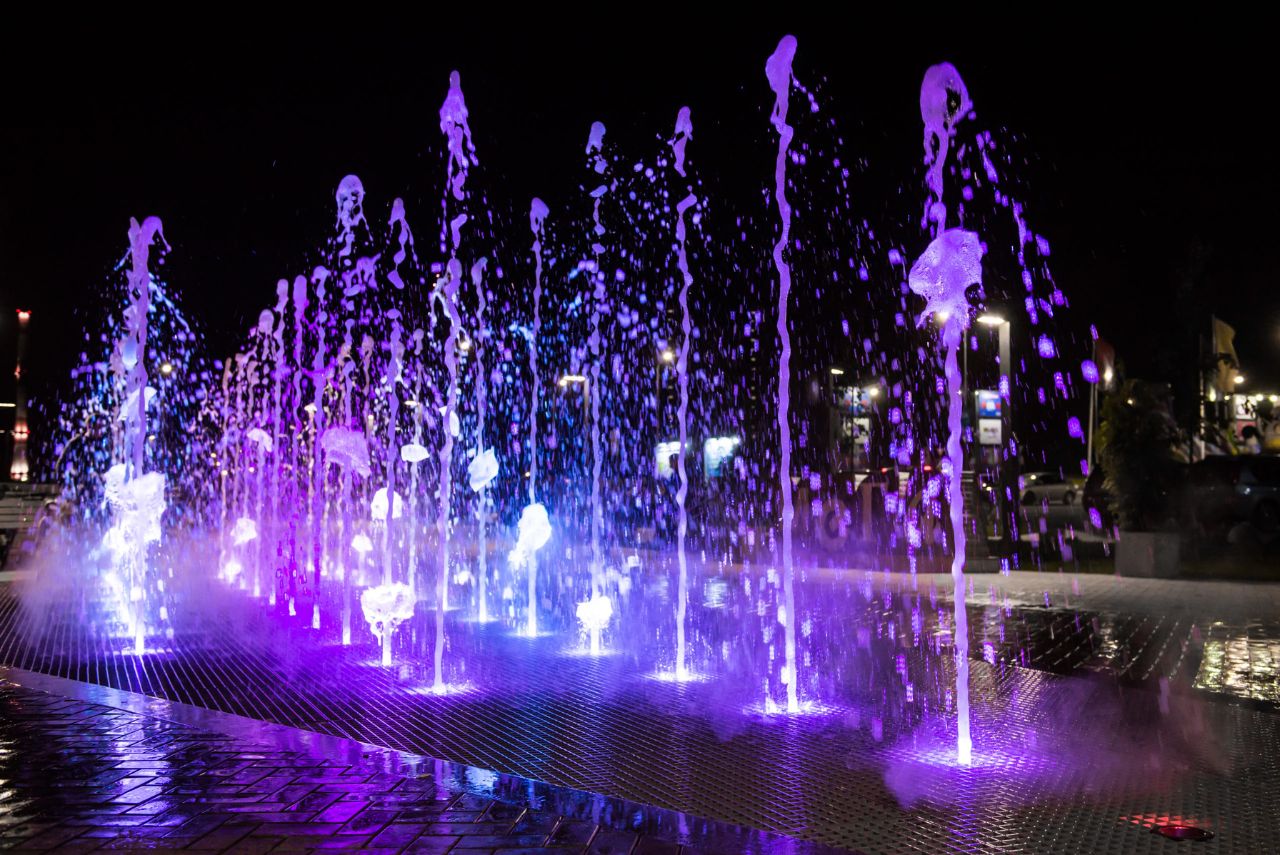
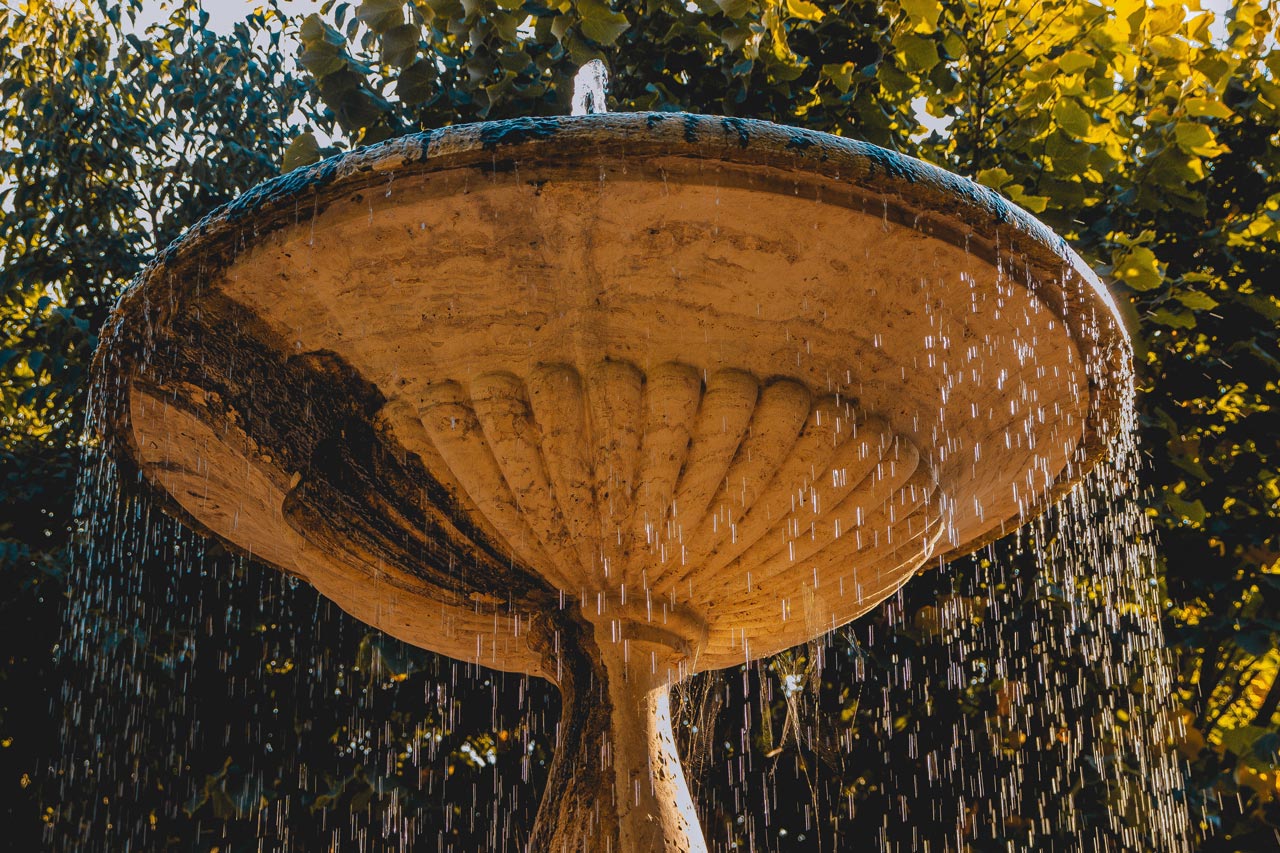
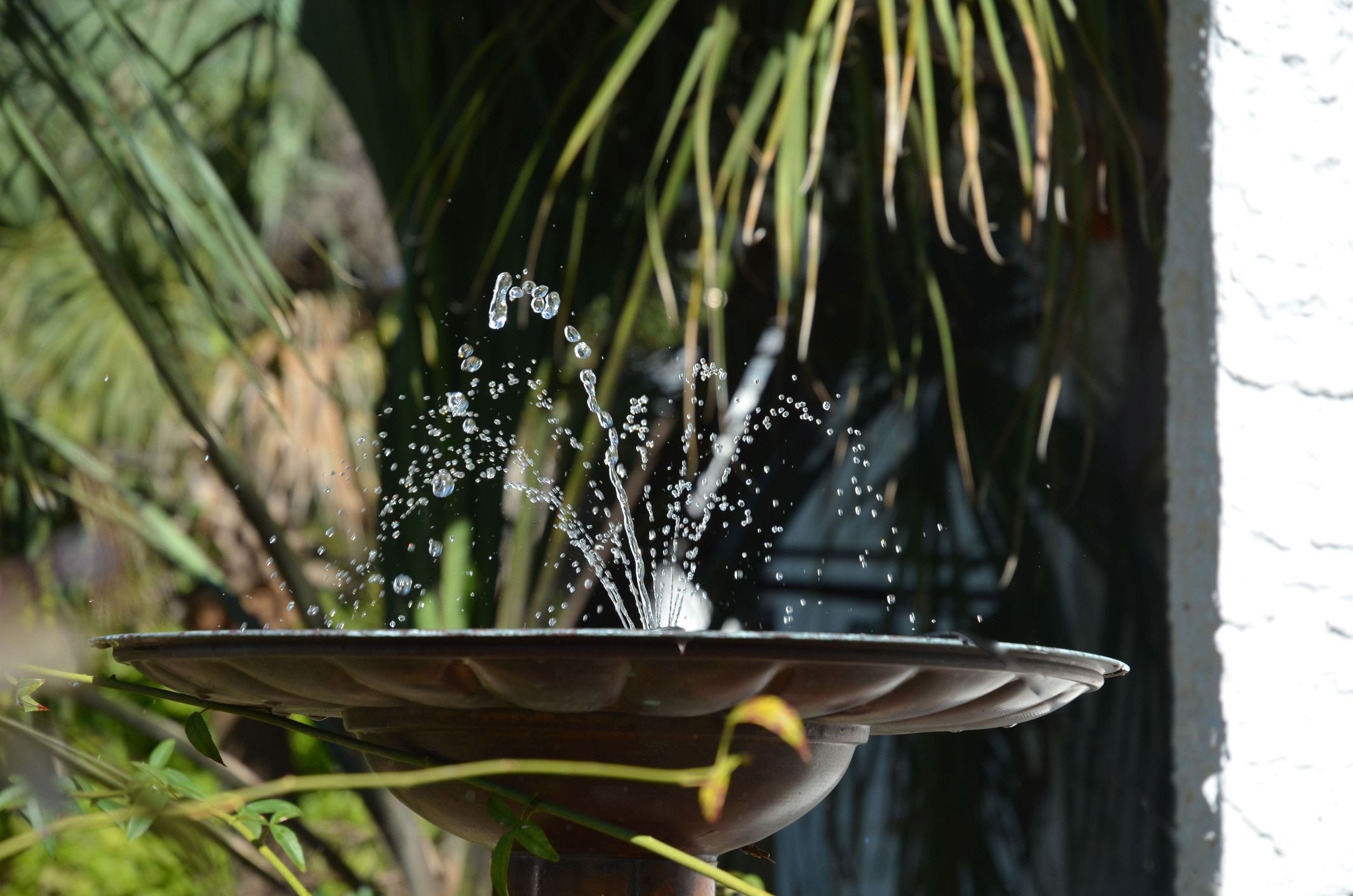
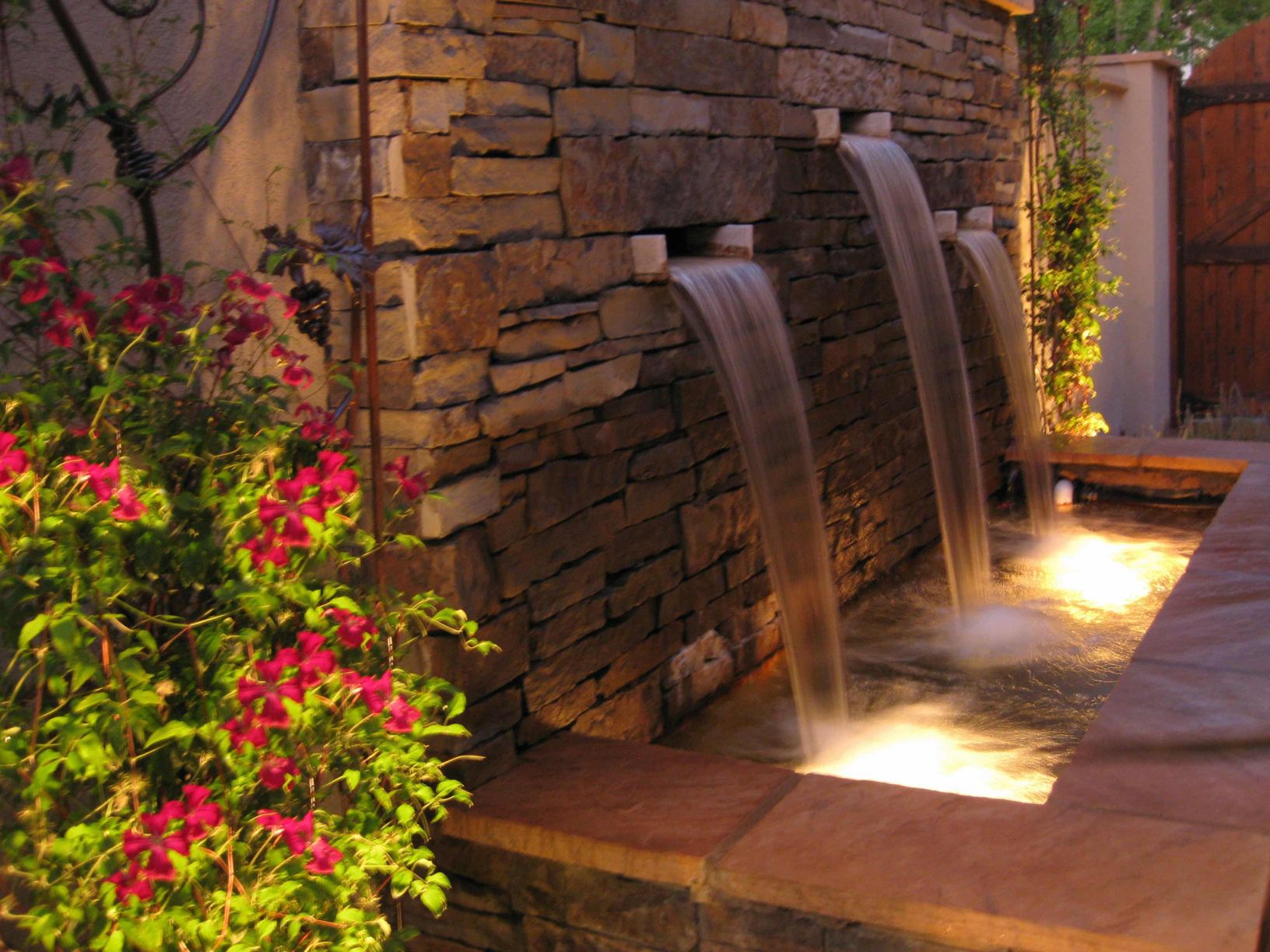
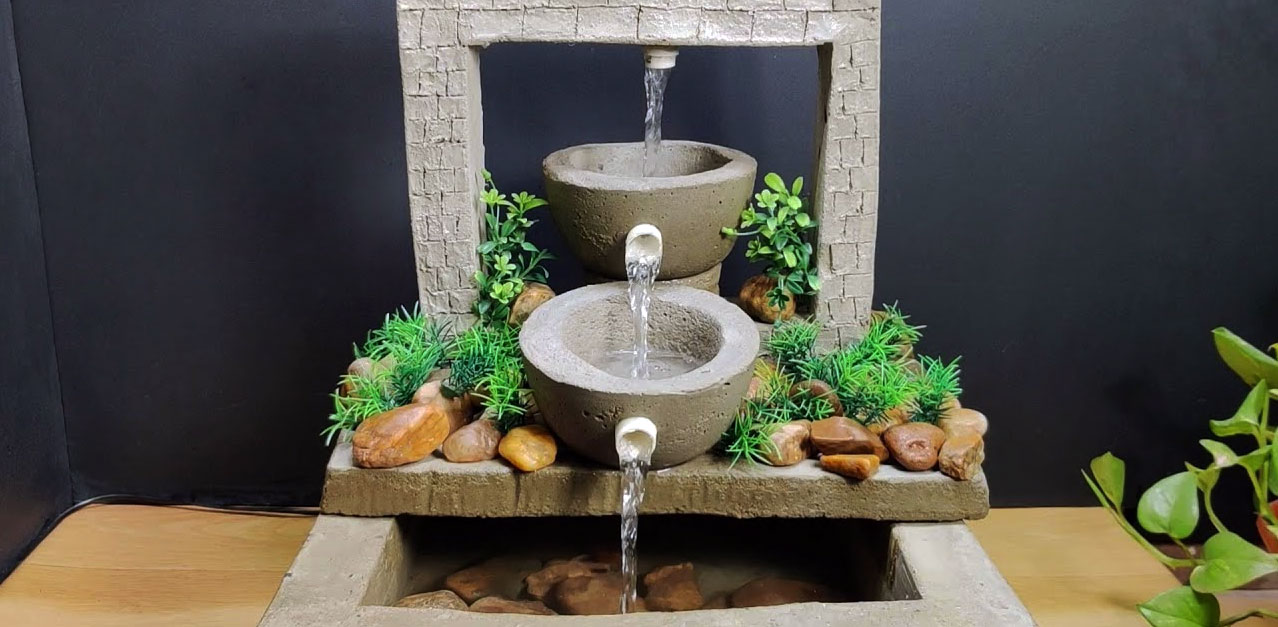
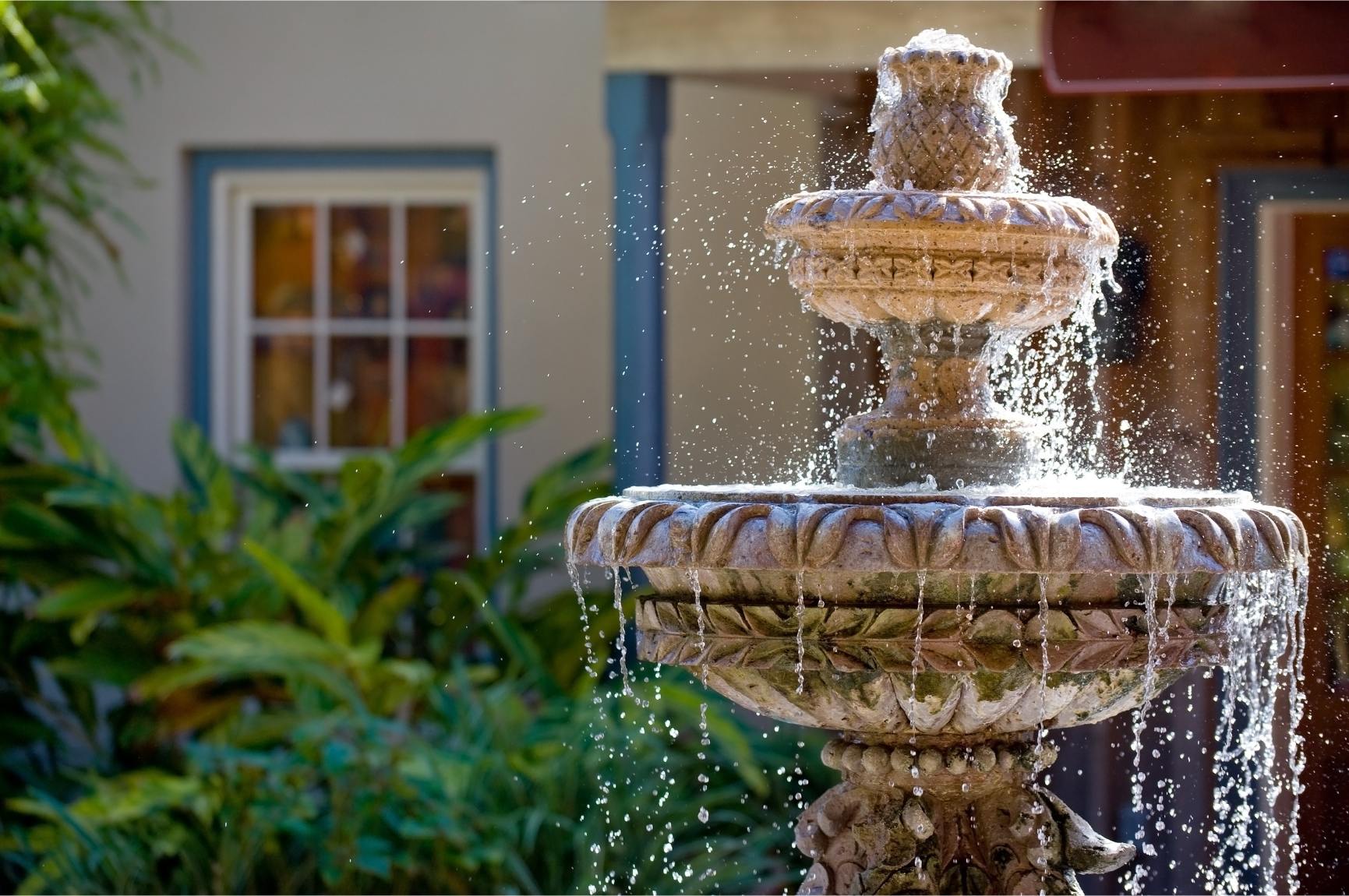
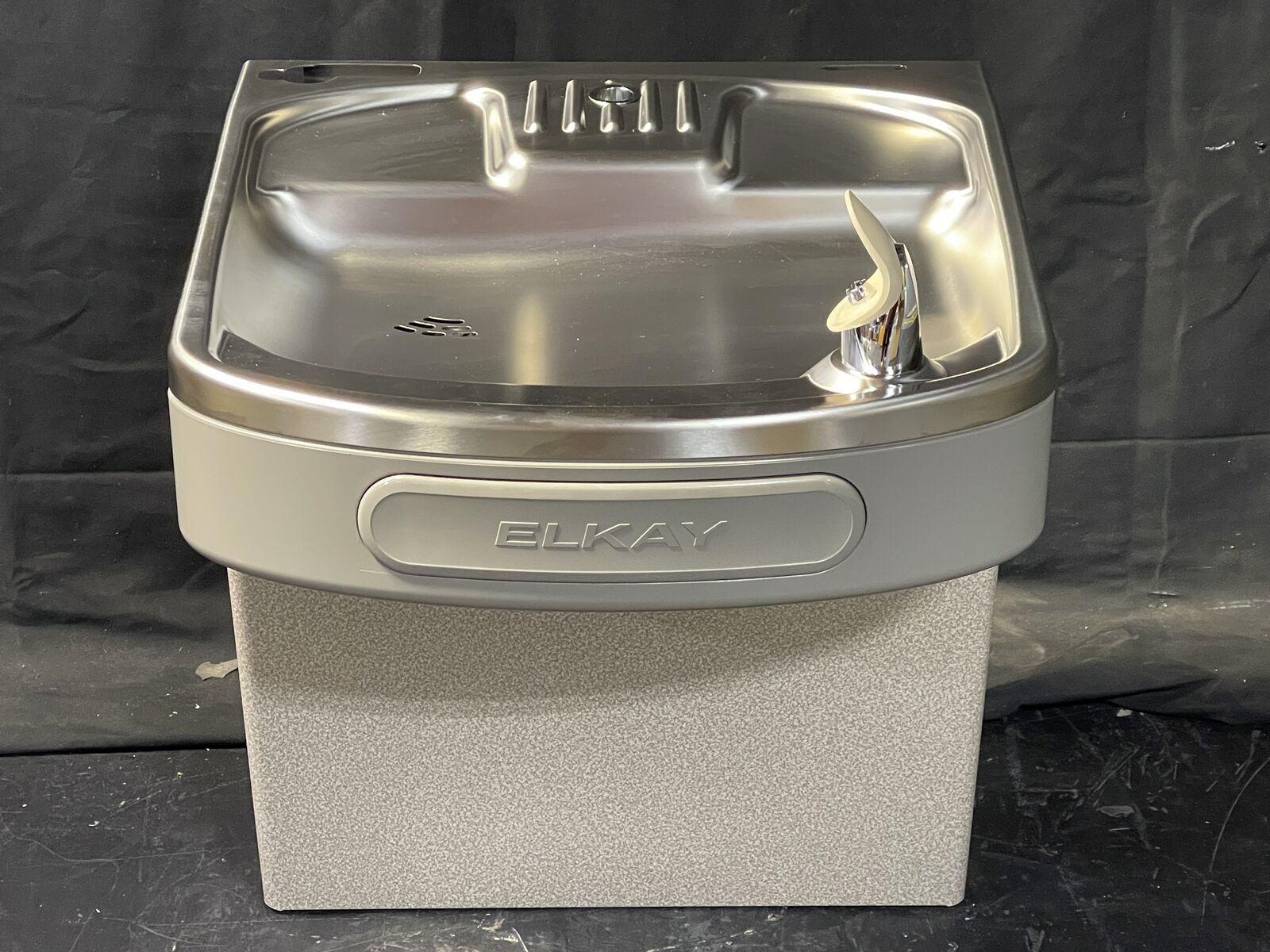
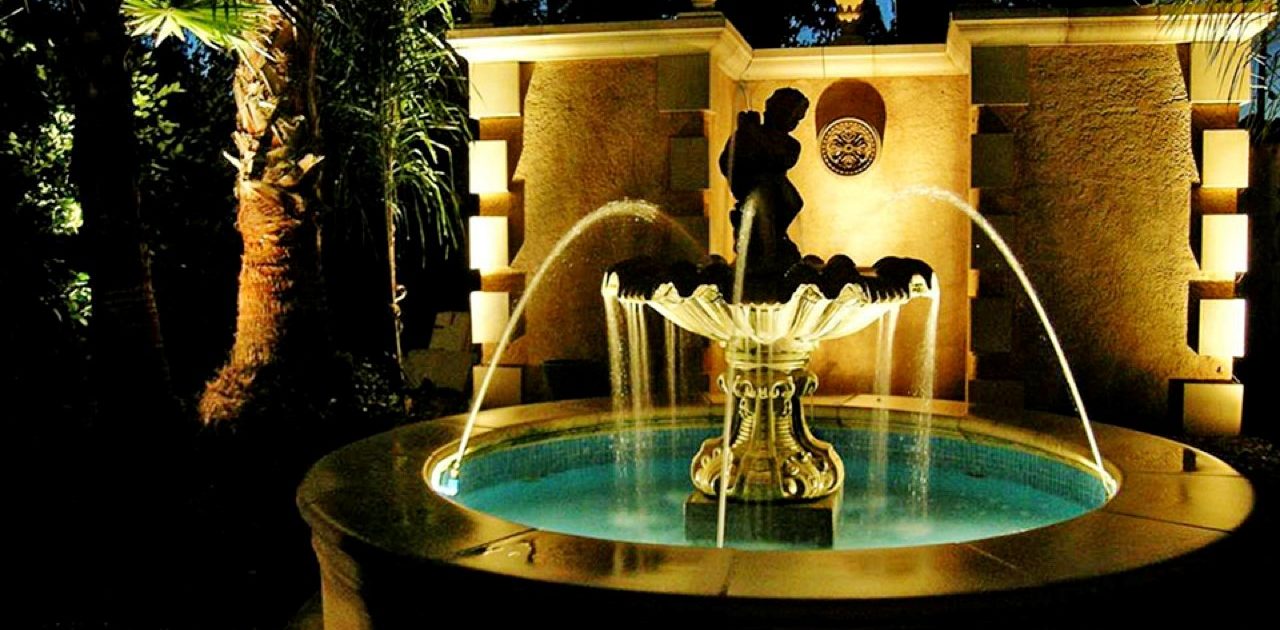
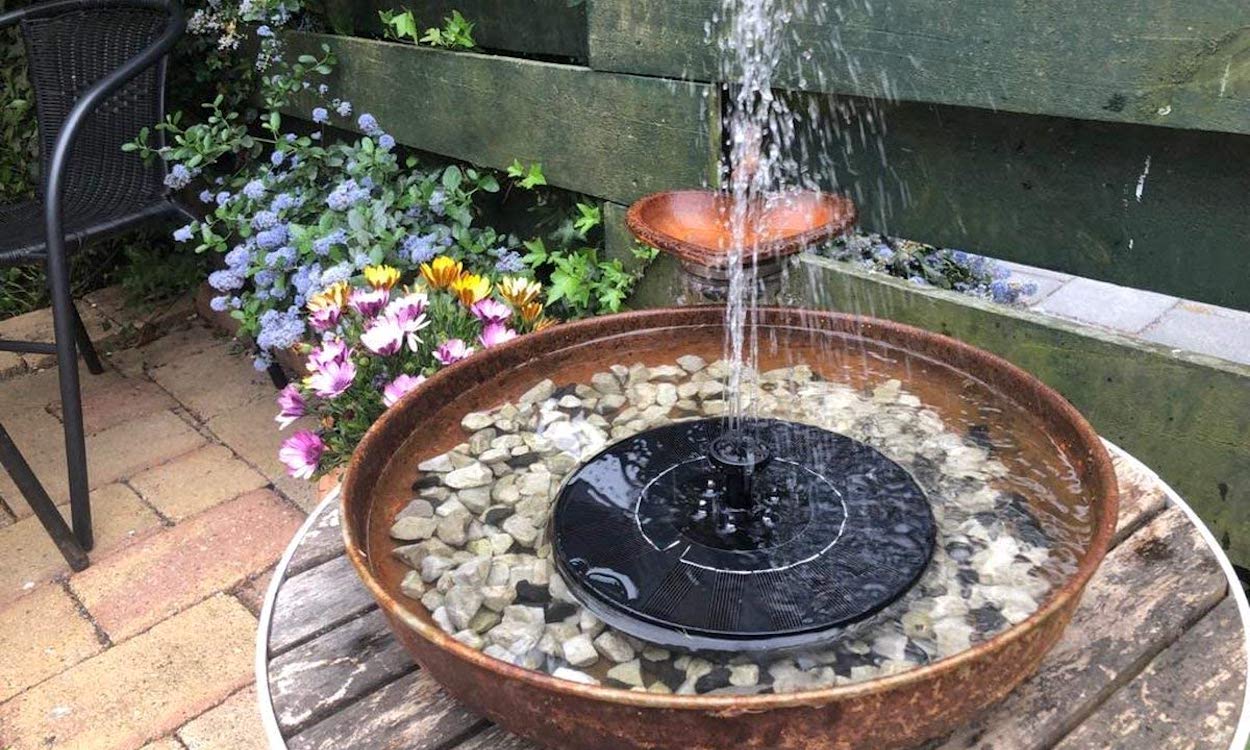

0 thoughts on “What Is A Water Fountain”